What is low-caffeine coffee? what is the flavor and taste characteristics of Colombian low-caffeine coffee beans?

Professional coffee knowledge exchange more coffee bean information please follow the coffee workshop (Wechat official account cafe_style)
Many people who like to enjoy coffee are in a dilemma because of caffeine intolerance. The recent launch of a Colombian decaf coffee on Qianjie has brought good news to friends who want to taste the delicious coffee but do not want to eat too much caffeine.
What is decaf?
In general, the weight ratio is used to measure the caffeine content of coffee beans. Arabica coffee beans have a caffeine content of 0.9% Mel 1.4% (an average of 1.2%), while Robsta has a caffeine content of 1.8% Rue 4% (average 2.2%). Decaf can be divided into natural decaf and artificially treated decaf (decaf).
The more common natural decaf coffee is Coffea Laurina, which has half the caffeine (0.6%) of regular Arabica. Unlike other artificially treated decaf coffees, pointed bourbon is genetically degraded, resulting in lower caffeine content and better flavor than the average Arabica coffee tree.
For artificially decaffeinated low-caffeine coffee, the EU standard for this type of decaf coffee is that the caffeine content after treatment does not exceed 0.1% of raw beans, while the FDA standard of the US Food and Drug Administration is less than 3% of the original caffeine content.
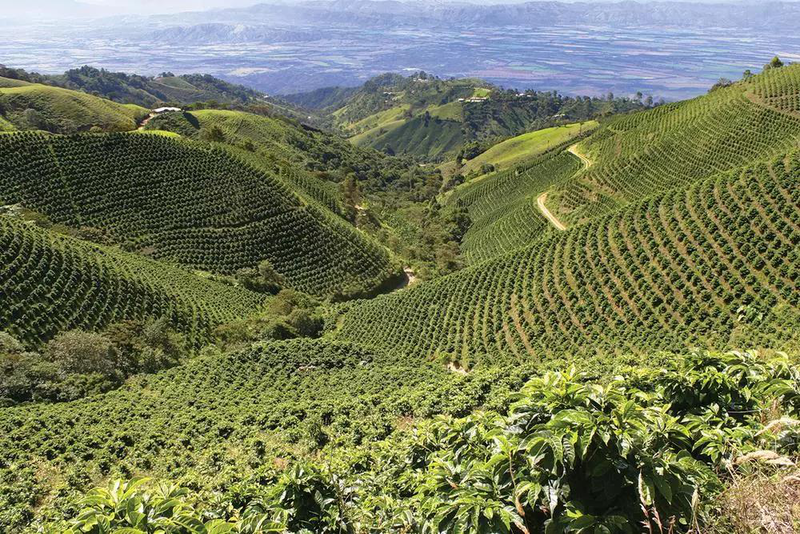
What are the common ways to handle decaf coffee?
There are many ways to remove caffeine, which can be divided into direct / indirect solvent treatment, supercritical carbon dioxide treatment, Swiss water treatment and mountain spring water treatment.
[direct solvent treatment]
Direct solvent treatment is the use of dichloromethane, ethyl acetate and other chemical solutions to dissolve caffeine. First of all, steam is used to open the stomata of the raw coffee beans, and the dichloromethane solvent is directly added to the coffee beans. After the solvent and caffeine are fused, the caffeine-filled solvents are washed out, and the coffee beans are boiled again to remove all residual solvents.
There are concerns about using dichloromethane as a solvent because it is suspected that long-term exposure increases the risk of cancer. But in fact, FDA limits the dichloromethane content of decaf to 0.001%, which is actually lower than that, with little side effect.
The process of using ethyl acetate as a solvent is the same, ethyl acetate usually comes from sucrose, so when used, the direct solvent method is sometimes referred to as sugarcane decontamination. This method is usually used in de-causation in Colombia. But ethyl acetate is a highly flammable substance, so it is more dangerous.
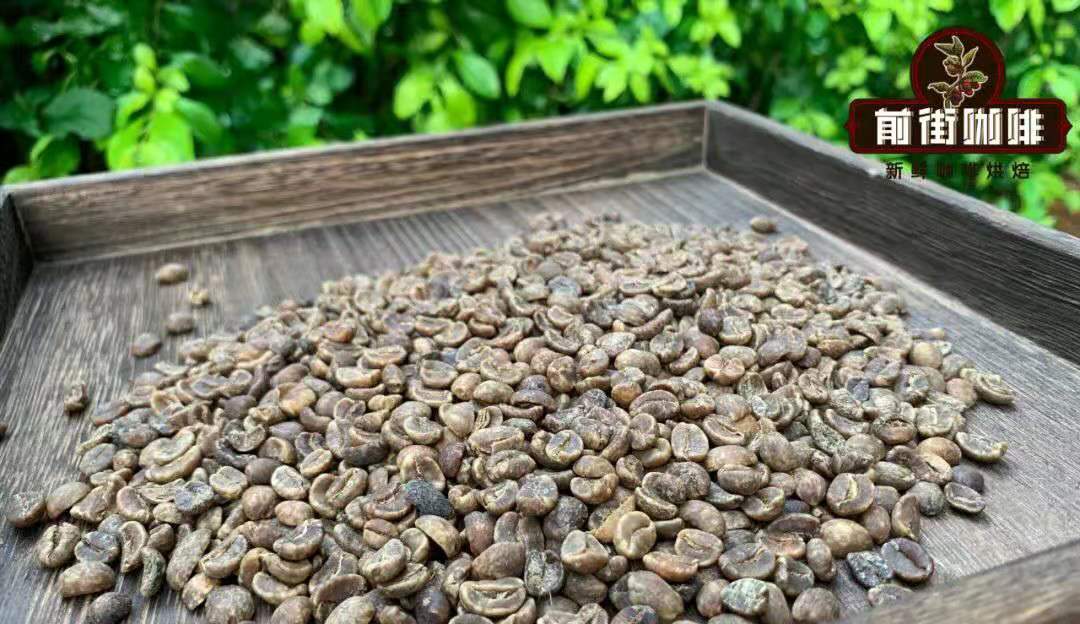
[supercritical carbon dioxide treatment]
This treatment is to first let the coffee beans absorb water and expand, and the caffeine molecules are loose in the coffee beans. Add liquefied carbon dioxide and create more than 100 atmospheric pressure in water. Carbon dioxide is highly selective and does not "damage" the carbohydrates and proteins in coffee beans while dissolving caffeine, ensuring that the flavor of coffee beans is not destroyed. Liquid carbon dioxide that takes away caffeine can also be removed and recycled.
Coffee made from decaffeinated carbon dioxide has a lower burden on the human body, and according to the study, this method extracts more coffee than the direct solvent method, and the cost of this method is much higher than that of the direct solvent method.

[Swiss Water treatment Act]
The Swiss water treatment method was developed by the Swiss company Coffex in the late 1970s, and SWISS WATER ®is currently patented. This treatment will soak the raw coffee beans in hot water, and the soaking stage has actually partially removed caffeine. The soaked solution is then filtered with activated carbon and finally poured back into the coffee beans. This series of steps will be more effective in removing caffeine. In addition to not requiring the use of chemical solvents, the soaked solution can be reused in different batches of treatment procedures, but the coffee will still lose flavor during the filtration process.
The caffeine removal rate of this method can reach 99.9%, which is also the highest method of caffeine removal.

[mountain spring water treatment method]
Similar to Swiss water treatment, another special kind of water is used to extract caffeine from glaciers. The company Descamex says it uses a special filter to remove caffeine. After treatment, you will get a caffeine-free aqueous solution, which also dissolves the solid substance of coffee and can be reused in the decaffeinated process.
The coffee on the front street is Colombian Swiss water decaffeinated coffee. Qianjie believes that Swiss water treatment will not add extra additives, but can also maximize decontamination and retain coffee flavor substances.
Qianjie Coffee Columbia Swiss Water treatment decaf
Producing area: Colombian Cymbidium producing area
Altitude: 1750 m
Variety: iron pickup
Treatment method: Swiss water treatment
Flavor: berries, citrus, cocoa, nuts
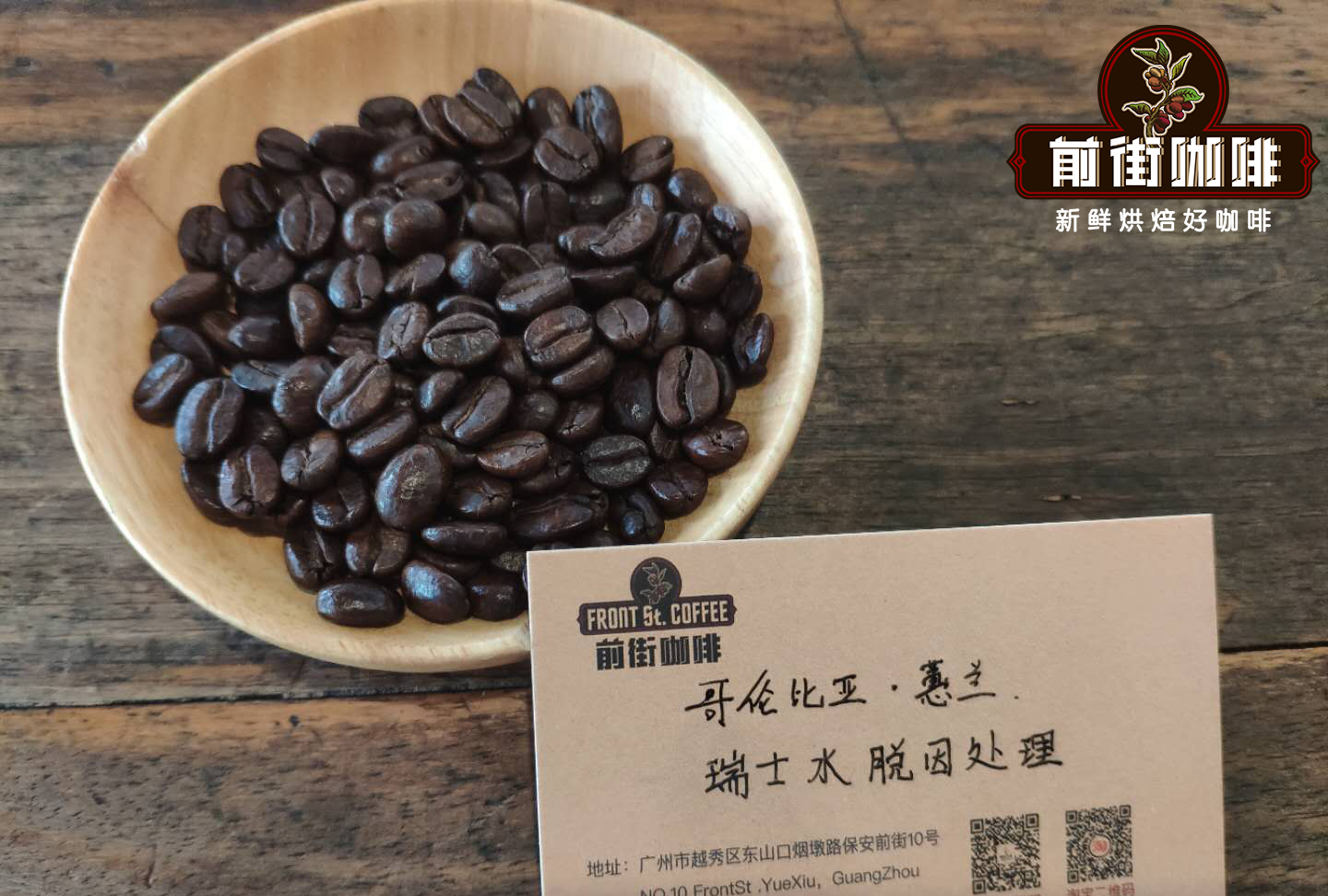
Coffee decaffeination technology
Swiss water treatment decaf technology, the use of commercially developed and efficient treatment, there are two major steps. The first step is to pour the raw coffee beans into hot water, which will remove all the flavor factors in the raw coffee beans, including caffeine, and discard the original batch of raw coffee beans.
The hot water loaded with all the flavor factors is then filtered out by an activated carbon filter, and the rest is hot water full of pure flavor factors, known in the Swiss water treatment as "Flavor-charged Water", which contains saturated coffee raw bean flavor factors, lacks caffeine, and then the most important medium in the decaffeination process.
A new batch of raw coffee beans soaked in water full of flavor factors and non-caffeine will release caffeine in raw coffee beans, but will not release flavor factors. In this way, the original flavor of raw coffee beans will not be much impaired. Obviously, the flavor factor in the flavor-loaded water is already close to saturation, so it can no longer dissolve more flavor factors, but there is still a lot of room to dissolve caffeine.
This series of steps effectively removes 99.9% of caffeine, and in addition to requiring no use of chemical solvents, the soaked solution can be reused in different batches of treatment procedures.
The color of raw coffee beans after decontamination will be dark green.
Roasting Analysis of Qianjie Coffee
Qianjie takes medium roasting of this coffee bean. Here, share the baking curve of a piece of Huilan water-washed beans for comparative reference, as follows:
It can be seen that the development time of water treatment in Switzerland is 2: 30 and the temperature is 196 ℃. The development time of water washing of Cymbidium is 340, and the temperature is 202℃. The baking degree of Swiss water treatment is slightly lighter than that of water washing treatment. Comparing the following two beans, we can see that the bean body of Swiss water-treated decaf coffee is dark brown and oily, which is particularly obvious compared with the washed cymbidium tested on the right.
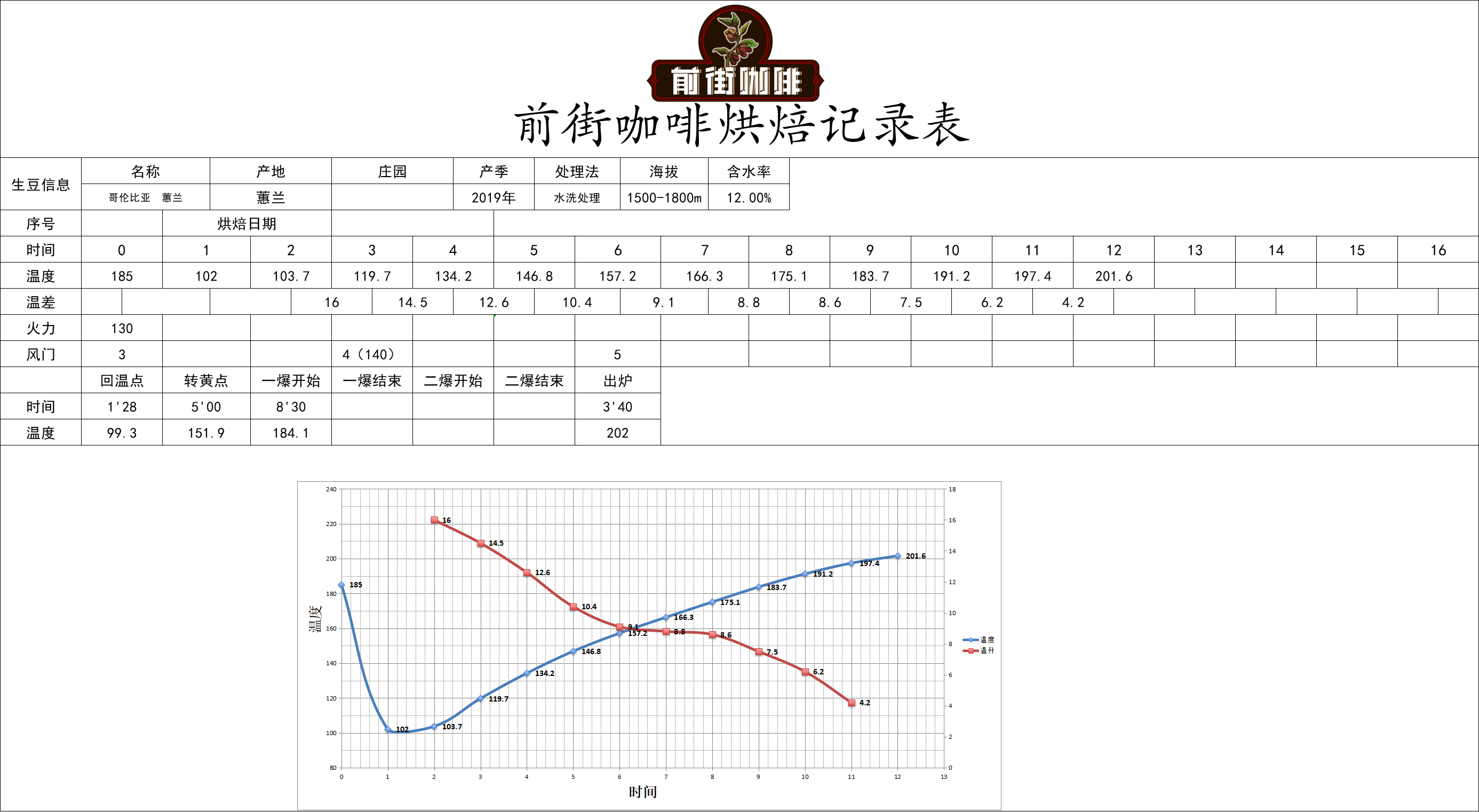
The reason may be that the coffee beans need to be soaked in hot water to release caffeine, and then dried, the fiber structure of the coffee may have changed in the process, resulting in the medium and deep roasting. The oil is released more easily, making the bean body oil shiny.
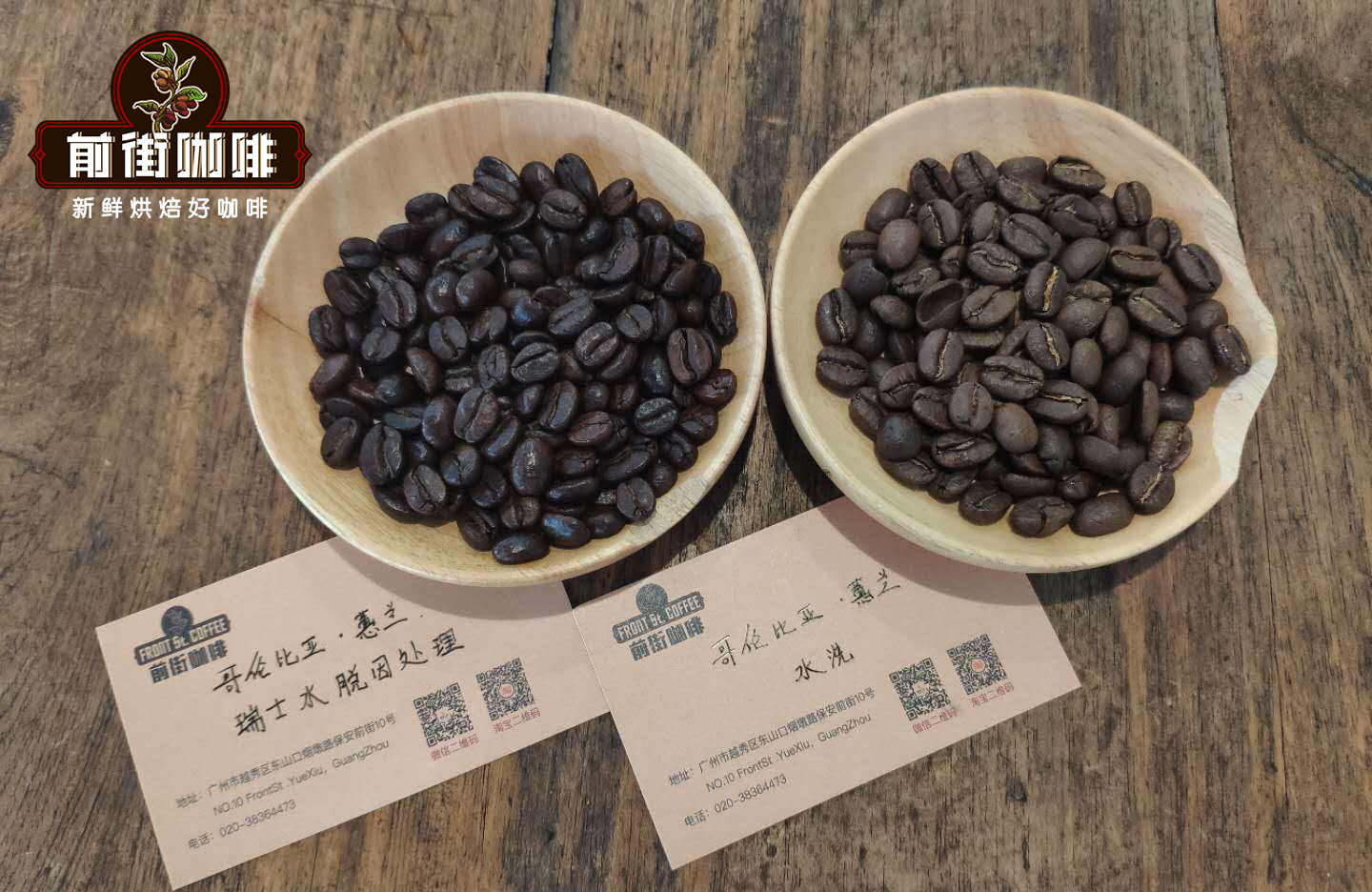
Analysis of coffee brewing in Qianjie
Because the fiber structure of this bean is different, the cooking parameters need to be adjusted, as shown in the table below:
Powder content: 15g
Proportion: 1:15
Water temperature: 88 ℃
Degree of grinding: rough grinding (pass rate of No. 20 standard sieve 62%)
Filter cup: Kono filter cup
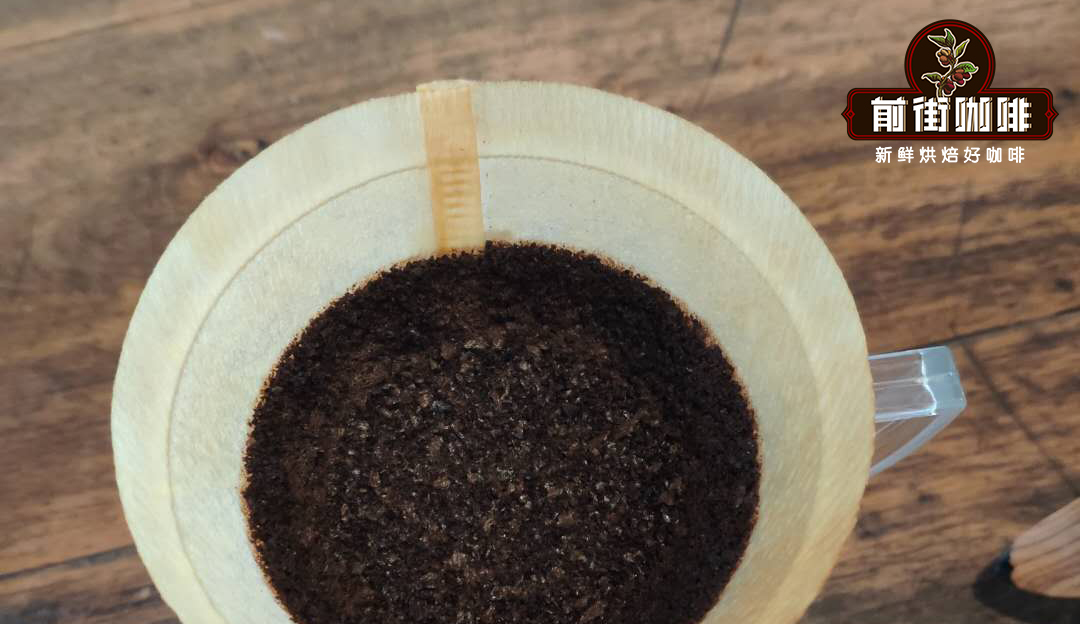
1. Pour in the coffee powder and steam for 30 seconds with twice the amount of water (30ml).
two。 Then carry out the second stage of water injection, gently circle and inject 150ml hot water to push up the powder layer so that the surface rushes out of the gold foam surface.
3. When the water level of the powder layer drops slightly, the last section of 45ml is injected. After all the coffee liquid flows into the pot, remove the filter cup and end the extraction. The extraction time is 2 minutes and 10 seconds.
For more boutique coffee beans, please add private Qianjie coffee on Wechat. WeChat account: kaixinguoguo0925
Important Notice :
前街咖啡 FrontStreet Coffee has moved to new addredd:
FrontStreet Coffee Address: 315,Donghua East Road,GuangZhou
Tel:020 38364473
- Prev
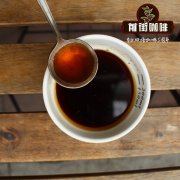
Panama Hartman Coffee Red Wine Treatment What is the treatment method for coffee beans?
Professional coffee knowledge exchange More coffee bean information Please pay attention to coffee workshop (Weixin Official Accounts cafe_style) After coffee is planted and harvested, the next step is the treatment method. Before most of them were still mainly sun and water, then honey treatment began to prevail, and according to the proportion of pulp retention is divided into: black honey, red honey, yellow honey, white honey, each has different flavor performance.
- Next

How to make decaf coffee _ recommended decaf coffee _ what is the price of decaf beans
Professional coffee knowledge exchange more coffee bean information Please pay attention to coffee workshop (Wechat official account cafe_style) caffeine and decaf coffee beans caffeine, caffeine, is a natural ingredient in coffee, in addition to coffee, many foods we come into contact with also contain this ingredient, such as tea, chocolate, cola, cold medicine and so on. It's on the label of raw beans.
Related
- Beginners will see the "Coffee pull flower" guide!
- What is the difference between ice blog purified milk and ordinary milk coffee?
- Why is the Philippines the largest producer of crops in Liberia?
- For coffee extraction, should the fine powder be retained?
- How does extracted espresso fill pressed powder? How much strength does it take to press the powder?
- How to make jasmine cold extract coffee? Is the jasmine + latte good?
- Will this little toy really make the coffee taste better? How does Lily Drip affect coffee extraction?
- Will the action of slapping the filter cup also affect coffee extraction?
- What's the difference between powder-to-water ratio and powder-to-liquid ratio?
- What is the Ethiopian local species? What does it have to do with Heirloom native species?

